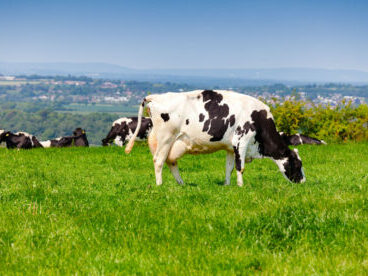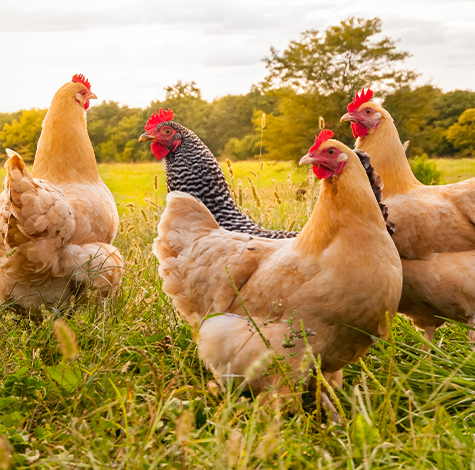How to maximise butterfats in spring and summer
Dairy producers looking to make best use of grazed grass through the spring and summer, must consider balanced oil supplementation in the diet if they are to optimise butterfat production, and maximise the value of the milk contract.
While butterfat drops at turnout are always anticipated, due to lengthening day light hours, lower structural fibre in the rations and an increase in temperature, nutrition and supplement manufacturer UFAC-UK advises that fat production can be improved by effective supplementation.

“A better understanding of how butterfat is produced makes it possible to feed cows more successfully for higher milk quality,” explains Mike Chown, UFAC-UK’s ruminant technical manager.
“To maximise fat production you need to ensure there is enough oil/fat in the diet. Quite simply, if you don’t provide enough oil, you won’t get the fat yield and fat percentage. You also increase the risk of cows mobilising body fat, leading to condition score loss,” he adds.
Grazing supplementation
Mr Chown explains that grazing and silage are poor sources of oil, for example cows eating 12kg forage DM/day will only get approximately 320g/day of oil derived from rumen function.
“If butterfat production is to be maintained, they will need supplementation, and the most effective way to ensure this is to include balanced dietary fats in the ration,” he says.
“You need to ensure products added are rumen inert and highly digestible, with a blend of essential fatty acids from digestible oils and C16 fats, combined with glycerol to increase energy utilisation,” he adds.
The unique combination of fatty acids in Buta-Cup Extra, from UFAC-UK, helps supply the balance of fats required to support higher butterfats, while meeting the energy needs of milking cows. As it is rumen-inert, it also reduces the risk of acidosis.
“Buta-Cup Extra is a specific, balanced blend of fatty acids derived from highly digestible oils and C16 fats combined with glycerine to give a highly palatable free flowing meal,” continues Mr Chown.
The inclusion of glycerine has a direct effect on fat digestion by the cow, meaning more of the energy is used and less wasted. It is also an effective preservative, helping improve intakes of TMR diets.
“By paying close attention to the total diet and considering and monitoring the oil/fat content, it should be possible for many farmers to maximise milk prices and margins this spring and into summer by pursuing a strategy of improving butterfat percent,” concludes Mr Chown.


 Back to News
Back to News 


